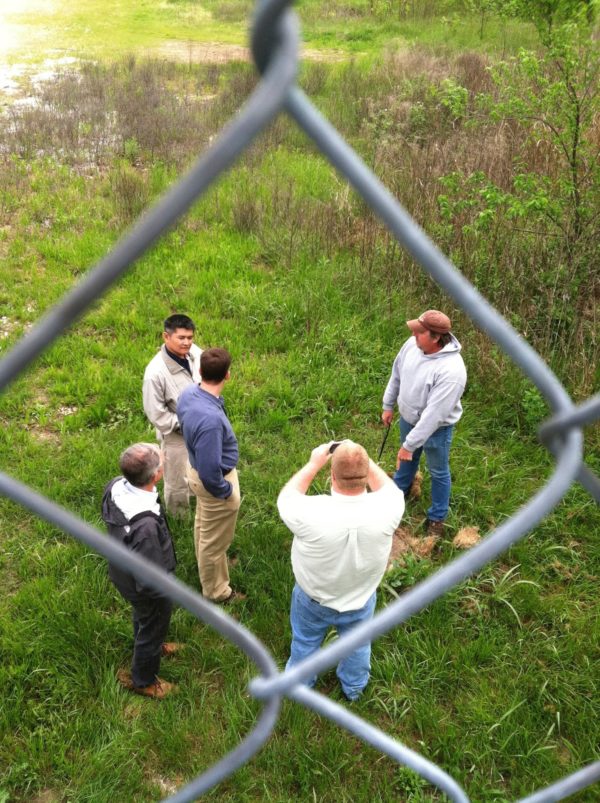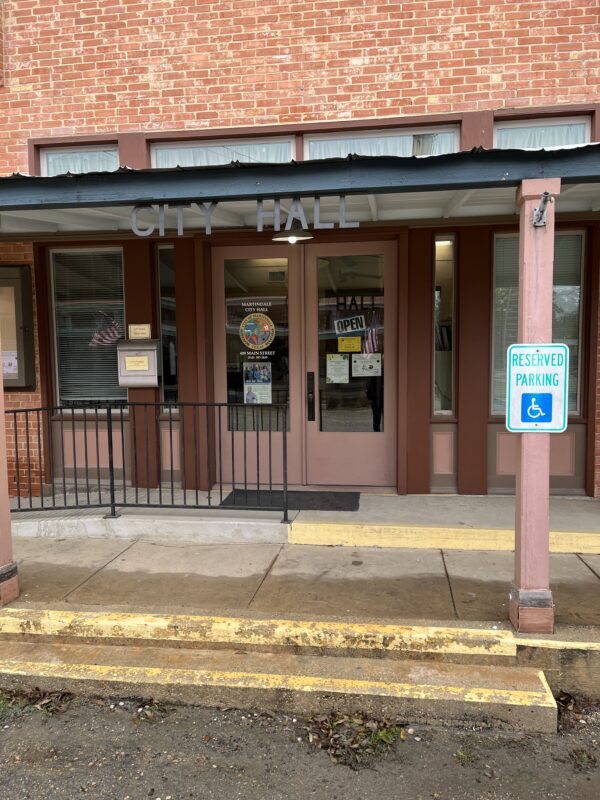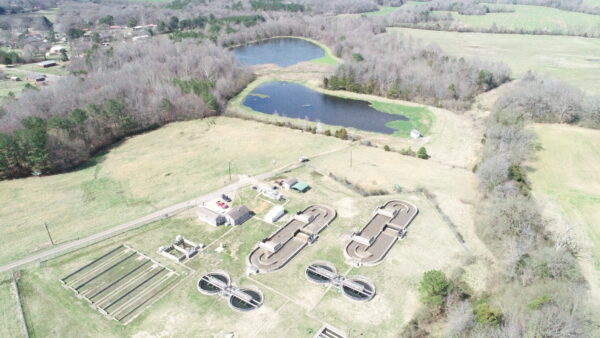Keeping it Simple to Treat Wastewater Lagoons
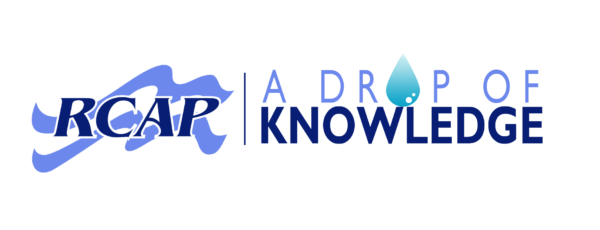
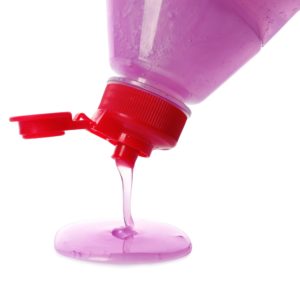
Small communities with limited budgets need to be especially creative to solve issues within their wastewater systems. Innovative and affordable solutions help communities treat their wastewater systems without compromising their budgets. These alternative methods, like using Dawn dish soap to aid in the treatment of fats, oils, and greases (FOG) or using barley straw bales in lagoons for treating algae blooms, have been effective.
In any wastewater system, FOG can cause complications. FOG is not water-soluble and will separate from water and collectively stick together, causing a very large mass to form which leads to many problems. These masses can also combine with residues, paper, and solids within different areas such as grease traps, drain lines, and sewer lines in a municipal wastewater collection system. These can cause major clogging, blockages, and back-ups. If left untreated, they will stop flow completely.
Grease molecules tend to band and stick together until something prevents the molecules from joining. Hot water alone can appear to dissolve and break-up grease, but hot water only dissolves the outer layer of grease molecules to allow them to become free flowing again. Once they are further down the system and the temperature cools, they will then stick back together again. Hot water repositions the grease, it does not reduce it. This same process occurs when solvents or chemical drain openers are used. These chemicals cause reactions within the sewer system. During these reactions heat is produced which may dissolve the grease molecules but once the chemicals wear off and the temperature cools again, the molecules will stick back together.
Surfactants such as Dawn dish soap do not break up the grease molecules into pieces but instead separate the molecules from each other and allows them to mix with water. Dawn will still allow for larger grease balls to form within a system and alone will not solve this problem but can help. Surfactants aid in the treatment process by keeping the grease molecules separated for a longer period of time. This provides enzymes and bacteria found within a wastewater system more surface area to attack the grease. Enzymes and bacteria need surface area on grease molecules for them to change grease into water-soluble components that will never reform. Many systems only need to add a gallon of the concentrated blue Dawn dish soap to their system on a monthly basis to aid in the treatment of FOG.
Another cost-savings option for wastewater treatment is using barley straw in lagoon ponds to help prevent the formation of algae. Algae is normally found in small qualities in most bodies of water but under certain conditions it can grow to uncontrollable amounts. Algae in large amounts will stress the eco-system of a lagoon and can end up causing many problems that will become very costly to correct. While there are many mechanical and chemical means to control algae, using barley straw as a potential solution is gaining more attention these days as a more natural and cost-effective method for controlling and preventing of algae.
When barley straw is placed into a lagoon it will slowly begin to decompose. Decomposition is dependent on temperature and needs high oxygen levels. This process takes places during summer months and when a type of oxygen additive source, such as an aeration system, is present. At the beginning of this process the lagoon is a bacteria dominant environment and as decomposition occurs it will become fungi dominant or “rotting”.
Fungi eat away at the barley materials and produce humic acid. Humic acid is the first critical step in controlling algae. As it spreads into the surrounding waters it reacts with oxygen and sunlight. The longer it stays in these conditions it becomes more unstable and eventually will form a super oxide radical, a precursor to forming hydrogen peroxide. Hydrogen peroxide is a powerful agent in killing algae but when produced from decaying barley straw, it is produced in a small enough dose to not harm any aquatic life such as frogs or turtles. Barley straw can be used as a good preventative measure for algae but will not work effectively when treating a well-established algae bloom that is already present in a lagoon. Mechanical means should be used to remove all algae present in a lagoon before any barley straw is placed in a lagoon.
When issues in wastewater lagoons arise, alternative and creative methods may be just as useful as costly treatments.
